Last month I was thrilled to be invited by a board member of the French Colonial America organization to tour three of the historic properties it owns and operates in the Centre for French Colonial Life Museum Campus in Sainte Genevieve, Missouri. This unique, historical museum site consists of four historic houses as well as an education and exhibits facility and it is dedicated to preserving and promoting French and Creole Culture and History of the Mississippi Valley during the Colonial Period.
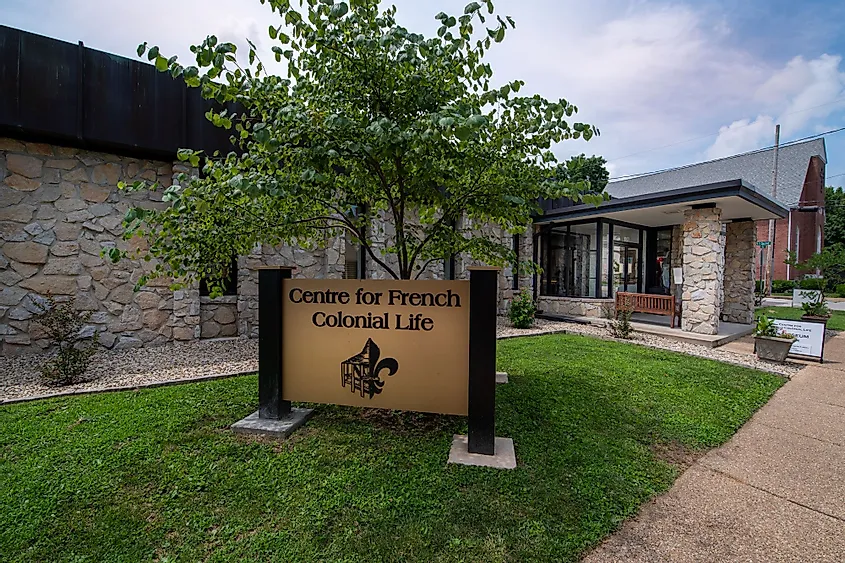
Ste. Genevieve is Missouri’s oldest permanent French European settlement. The village of Ste. Geneviève was settled by Canadians around 1735 on the west bank of the Mississippi River about two miles south of its present location. It was one of several important French communities forming a region known as the Illinois Counry, Part of the vast territory held by France in North America at the time.
In 1763, after the French and Indian War ended, France ceded all of its holdings west of the Mississippi River to Spain. Despite the transfer and new Spanish government in the region, Ste. Geneviève retained its distinctive French character and language.

Much of Historic Ste. Geneviève’s charm and ambiance are due to the remarkable preservation of the original colonial settlement. Its narrow streets and fenced gardens surround some of the most significant eighteenth-century architecture in the nation
Of note is that the small town of St Geneviève has the largest concentration of French Creole buildings in North America. A number of houses have been restored to their late 18th or early 19th century appearance. Most of Missouri’s early French settlers came from Normandy via Canada, bringing their unique building style — a style that utilized vertical timbers. Adding front and back porches or wrap-around galleries to their homes was an idea these early settlers borrowed from the colonial structures in lower Louisiana and the Caribbean. These houses are the architectural manifestation of Creole culture—combining the traditions from different sources, but at its heart is still primarily French in character and identity.
The Centre for French Colonial Life features the campus gift shop, offices, and has two main exhibits: 1) an orientation exhibit, detailing the origins of Ste. Genevieve and history of the IL River valley under French & Spanish colonial periods and 2) an exhibit examining the American Revolutionary War in the West which explores the Battle of Fort San Carlos (St. Louis) and the role the Ste. Genevieve Militia played in the victory.
For more information about the Center for French Colonial American go to: https://www.frenchcolonialamerica.or
Here are some photos and general info about three three sites we were graciously toured through.
Louis Bolduc House (circa 1792)
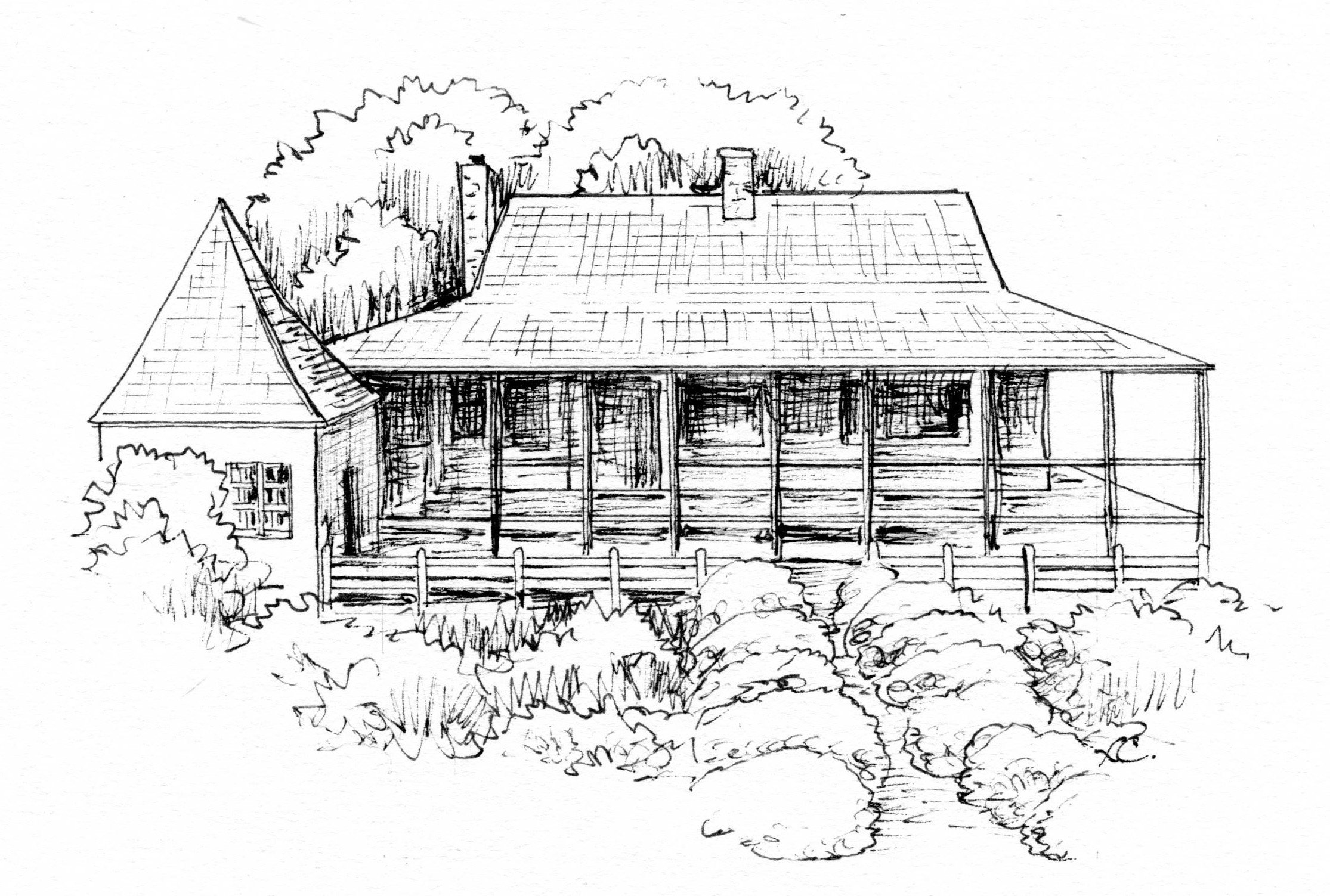
Situated in Sainte Genevieve, MO and build around 1792, the Louis Bolduc House is the oldest Structure in Missouri.
Bolduc, a successful merchant and trader, constructed the home from heavy oak timbers, filling the gaps with a mixture of mud, straw and horsehair that dried to a concrete-like hardness. The home is known for its steep-hipped roof and a porch that wraps around the entire building.
Bolduc originally migrated to this area from Canada in the 1760’s, married and became a successful farmer and merchant. This house is considered to be the best restored French colonial-era house in the nation and is on the National Register of Historic Places. Furnished with original 18th and early 19th century objects, the building is open for guided tours.
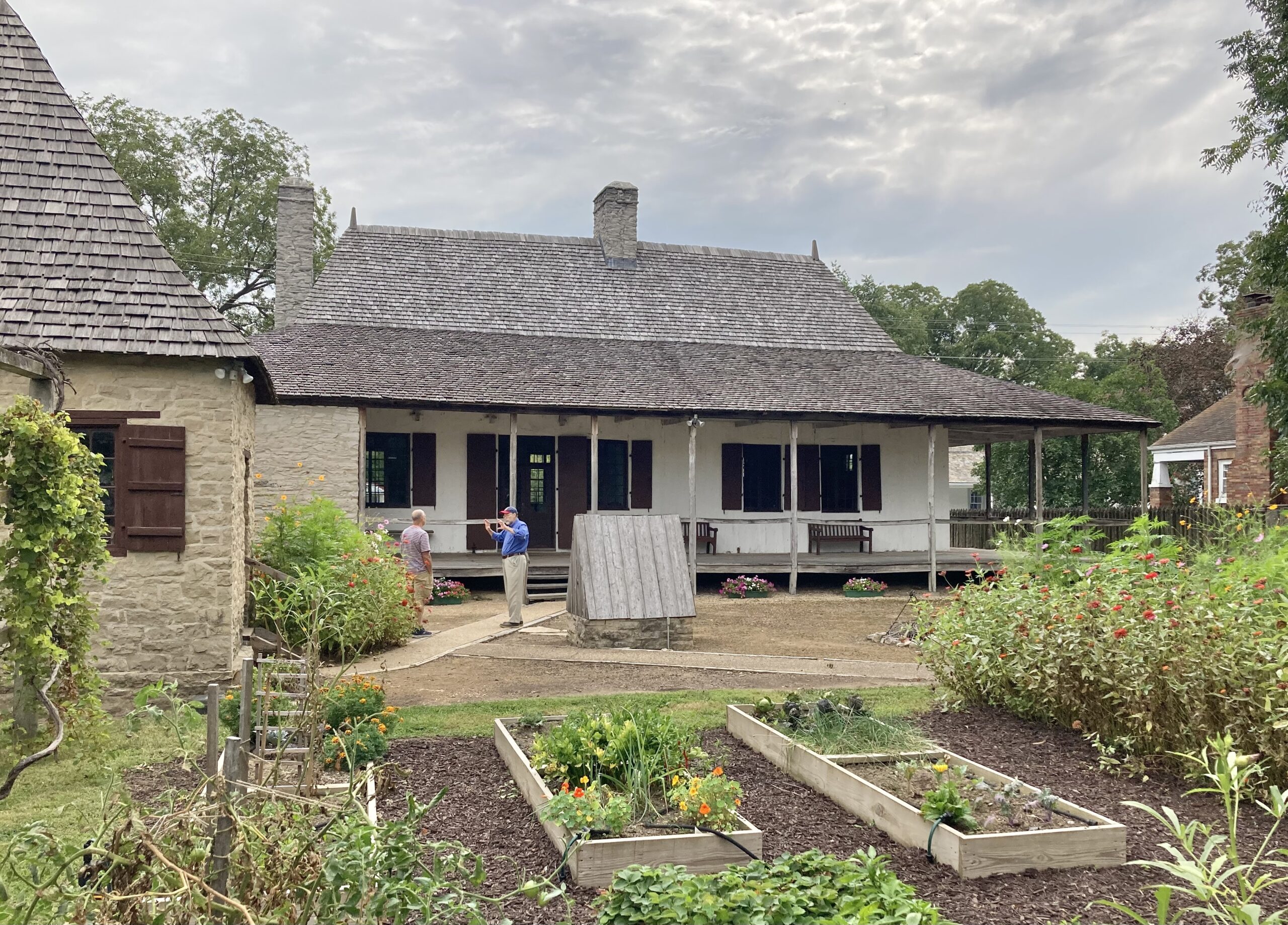
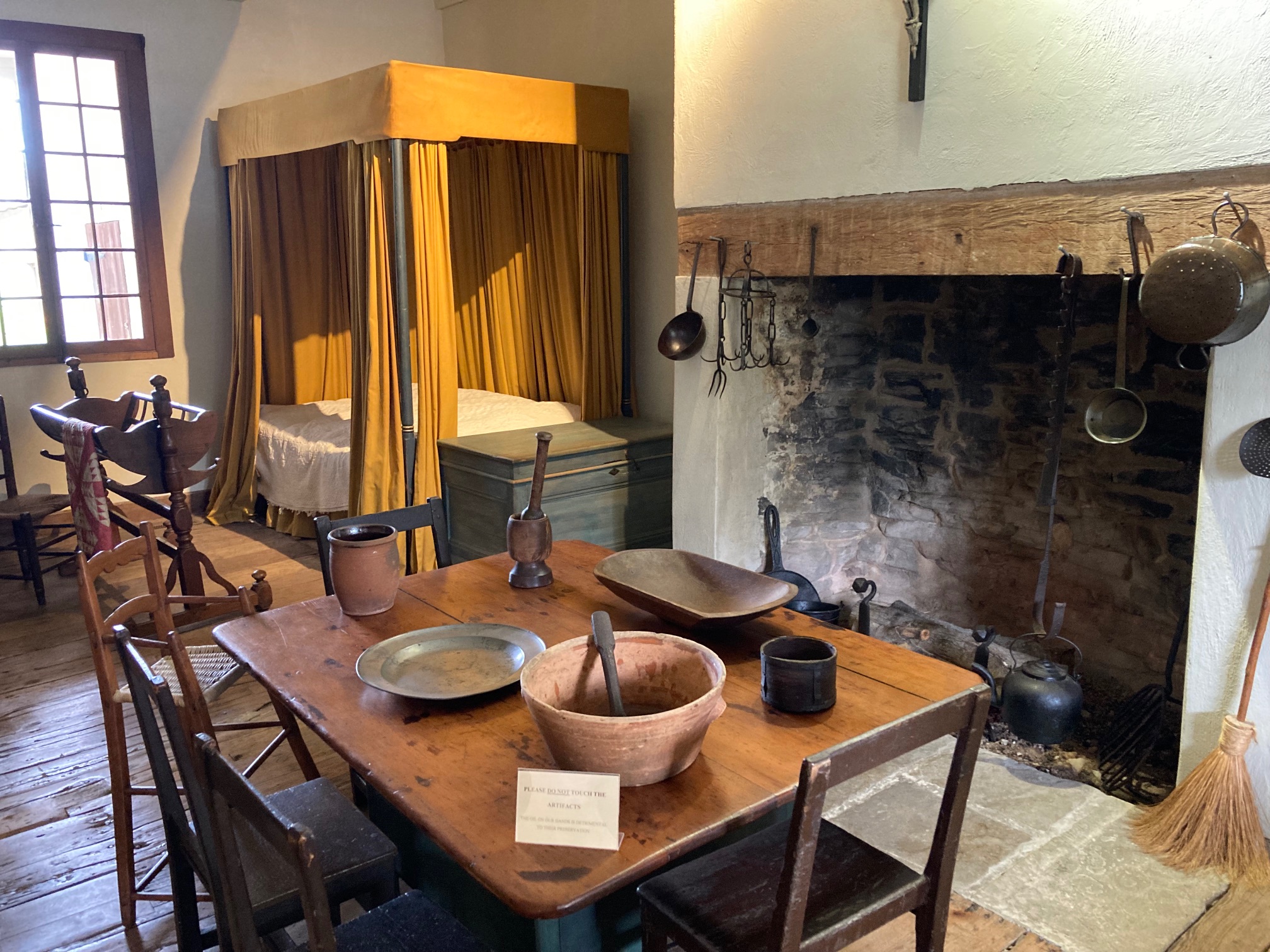
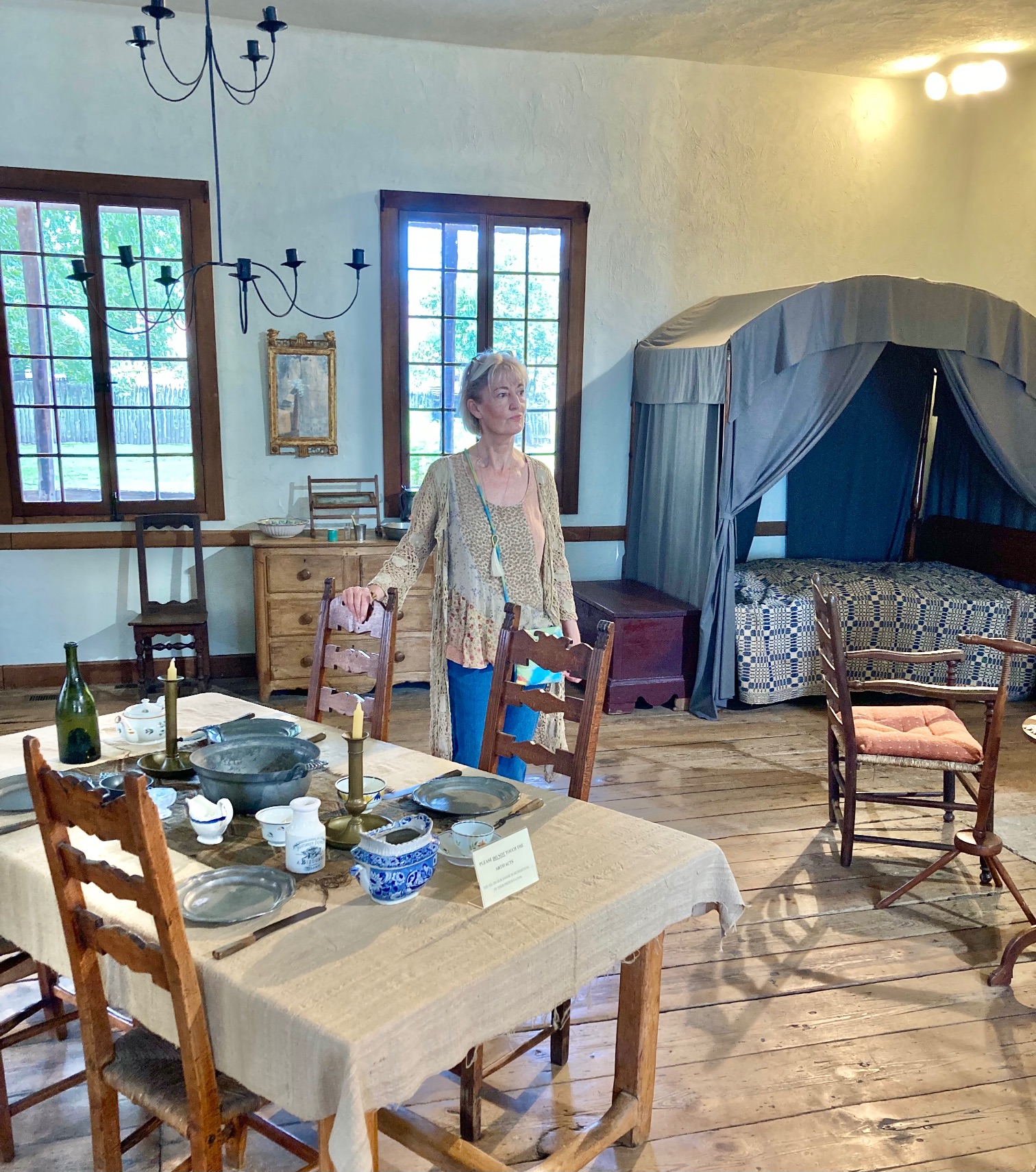


Bolduc-LeMeilleur House (circa 1820)
This home was built by Louis Bolduc’s granddaughter and her husband, a Haitian refuge, René LeMeilleur in the early 1800’s. Sadly, Agatha and Rene died young, leaving four orphaned children. The house was later sold, then used as a convent, a school, a hotel, and finally a car dealership office, before being completely restored in 1970. Today, it features a furnished room that demonstrates the continuation of Creole culture and the impact of American tastes and fashion. It also houses an orientation exhibit which addresses the question of why the French settled here and the impact of their Creole culture.
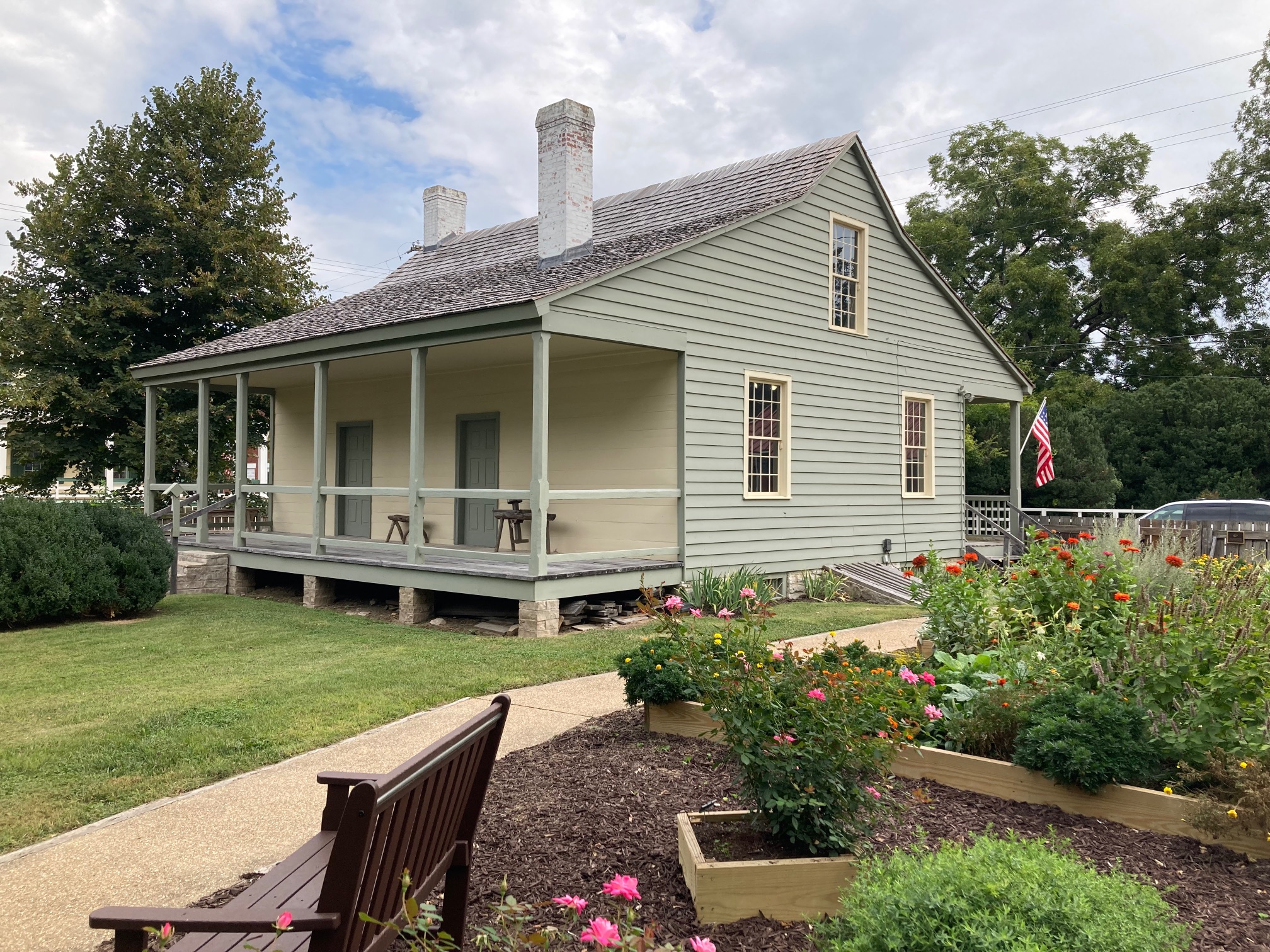
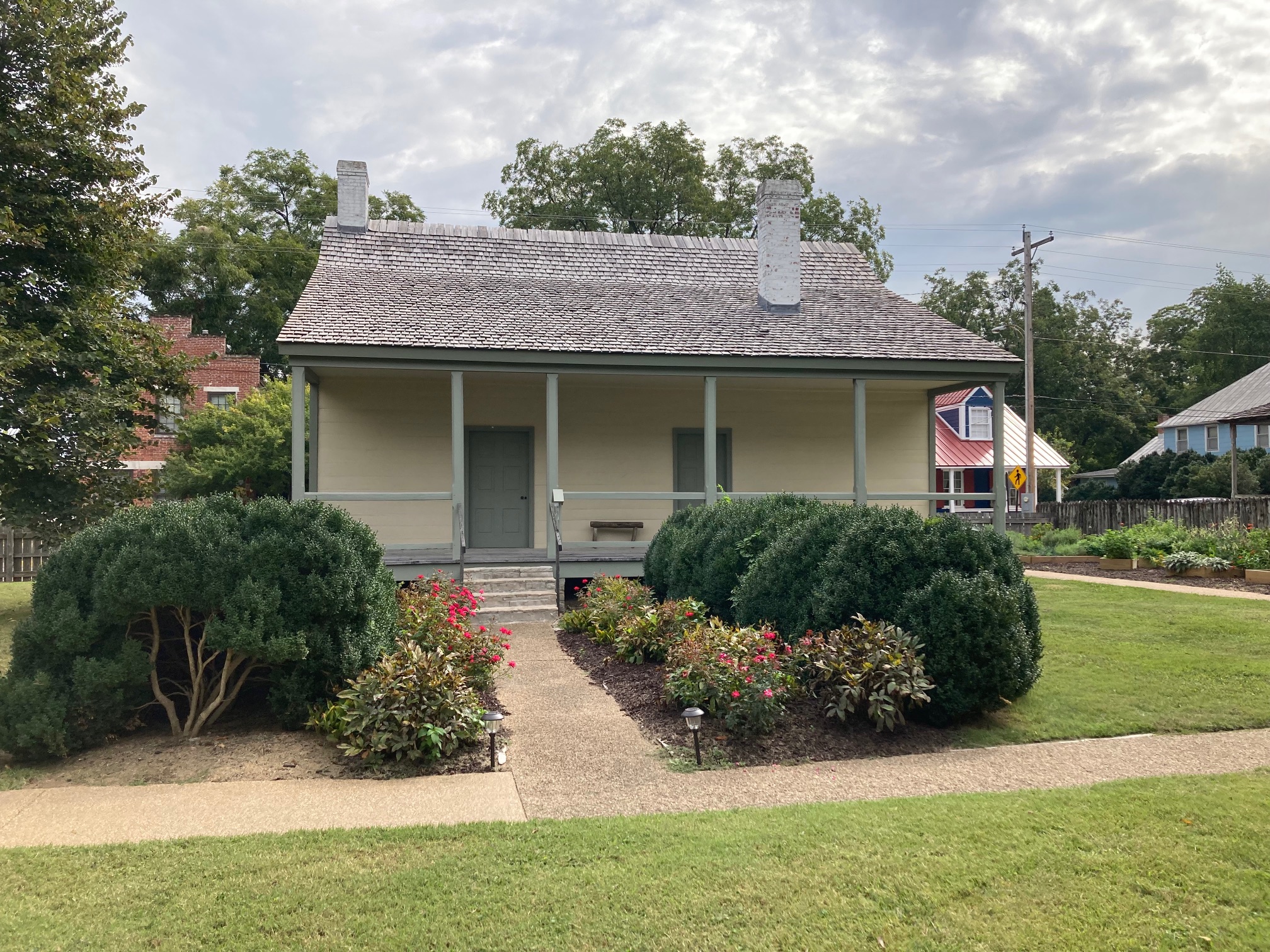
Beauvais-Linden House a.k.a. “Hands-on History House” (c. 1822) – This house serves as an example of how vertical timber houses, such as the structure that is hidden under later mid-19th century additions, were saved but altered over time.
Today, this site offers interactive programming for homeschoolers, school groups as well as the public. Programming is thematic and updated quarterly. Visit Facebook, “Hands-on History House”, for current information.
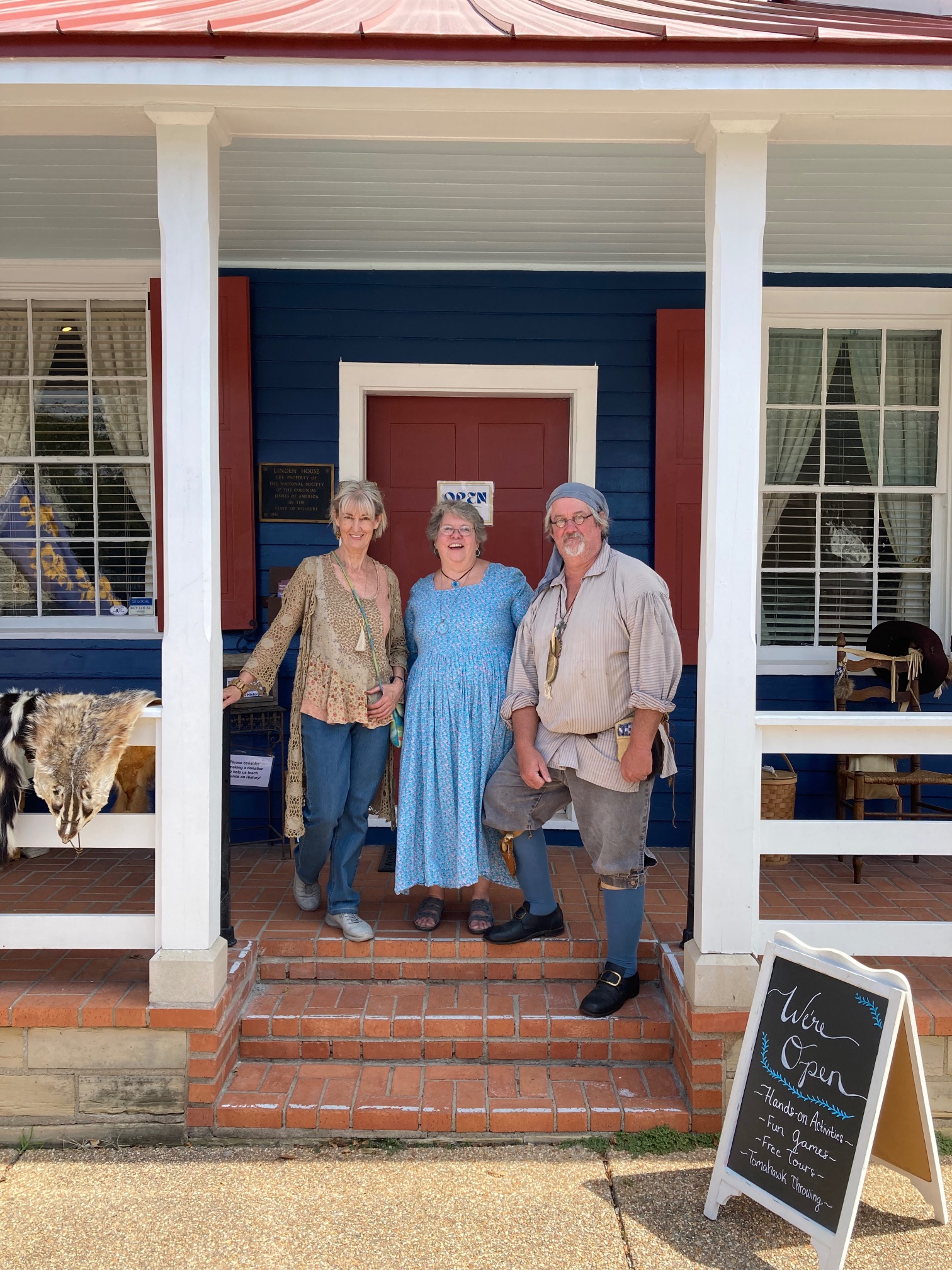
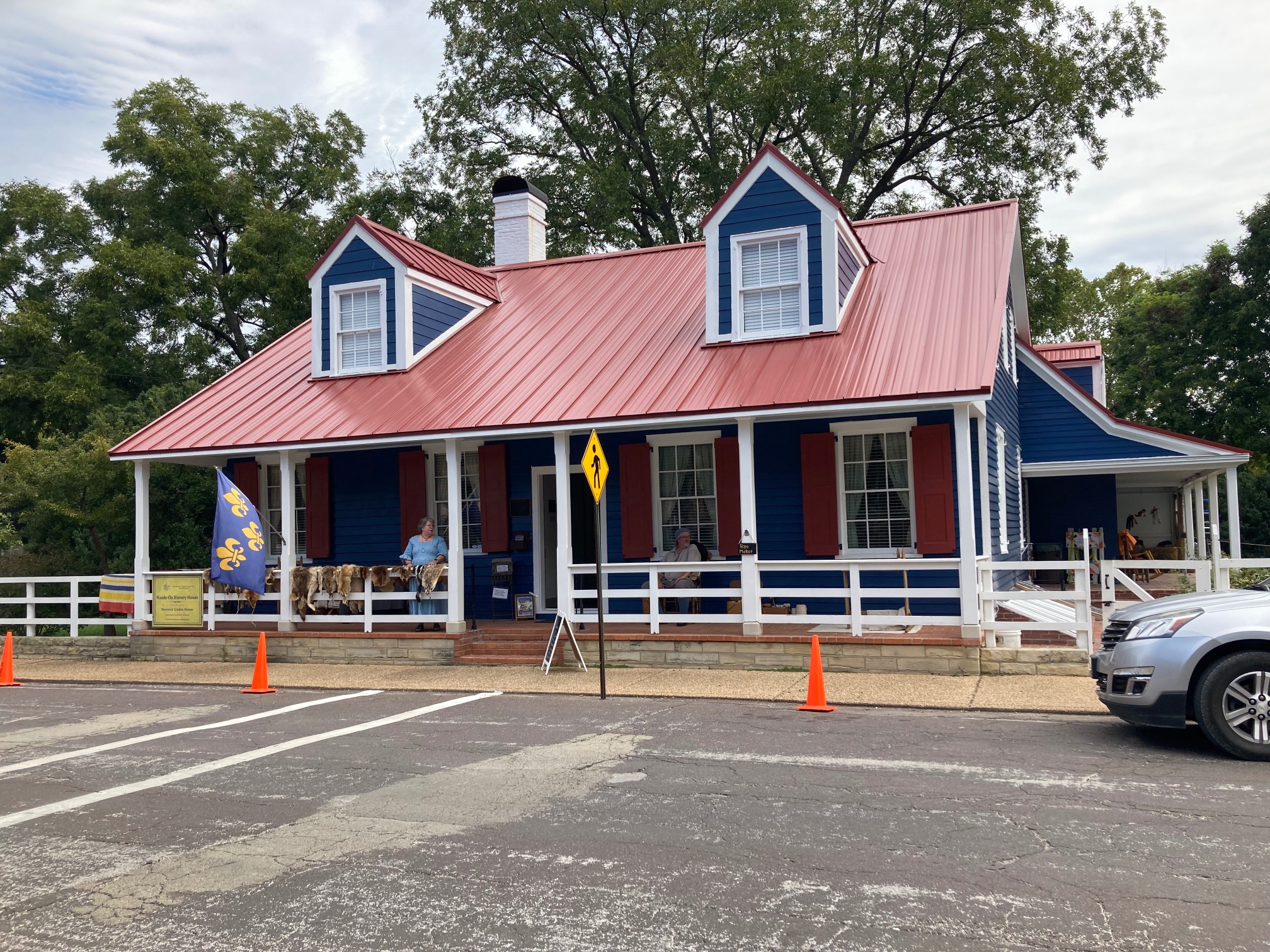
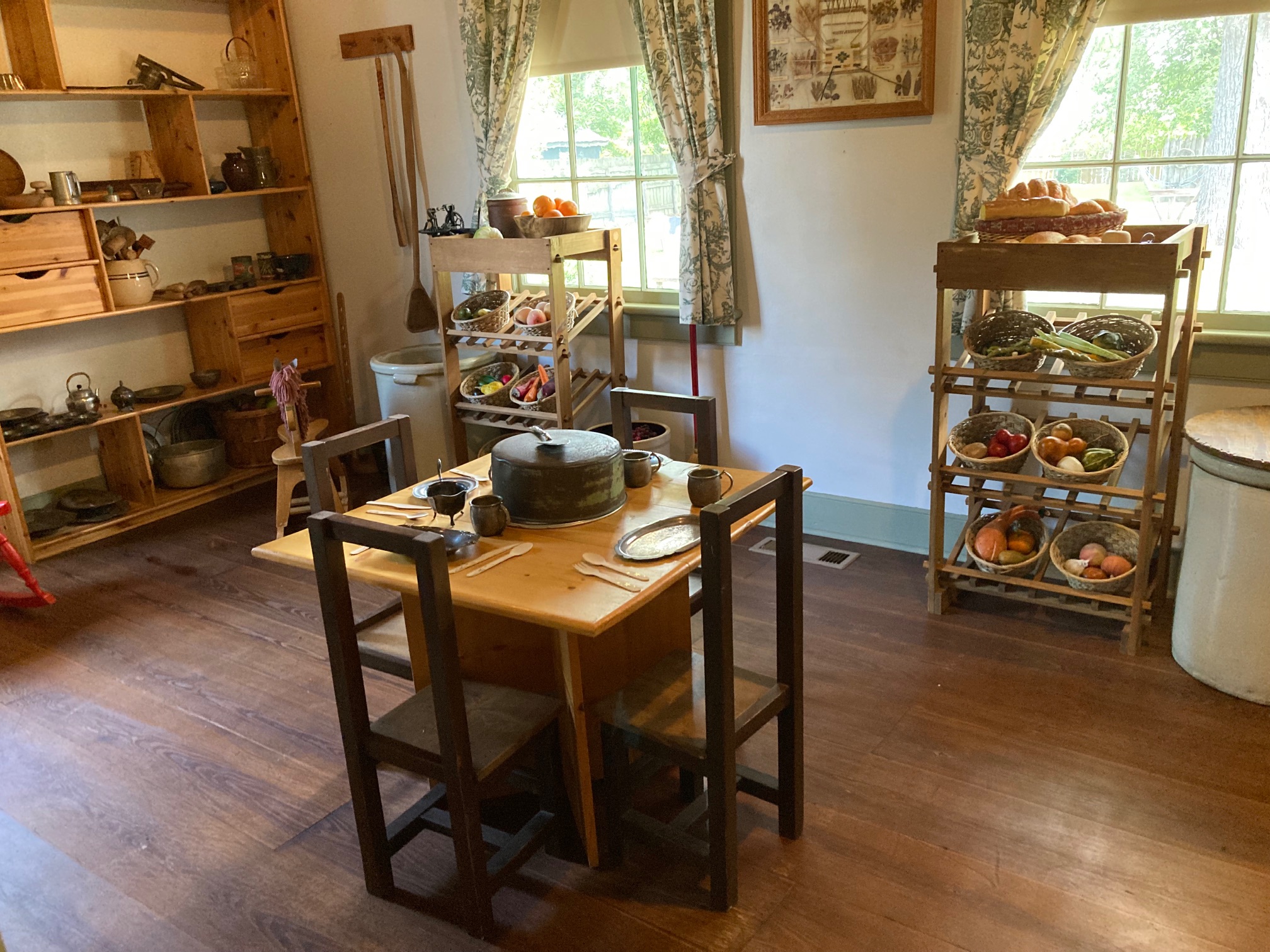
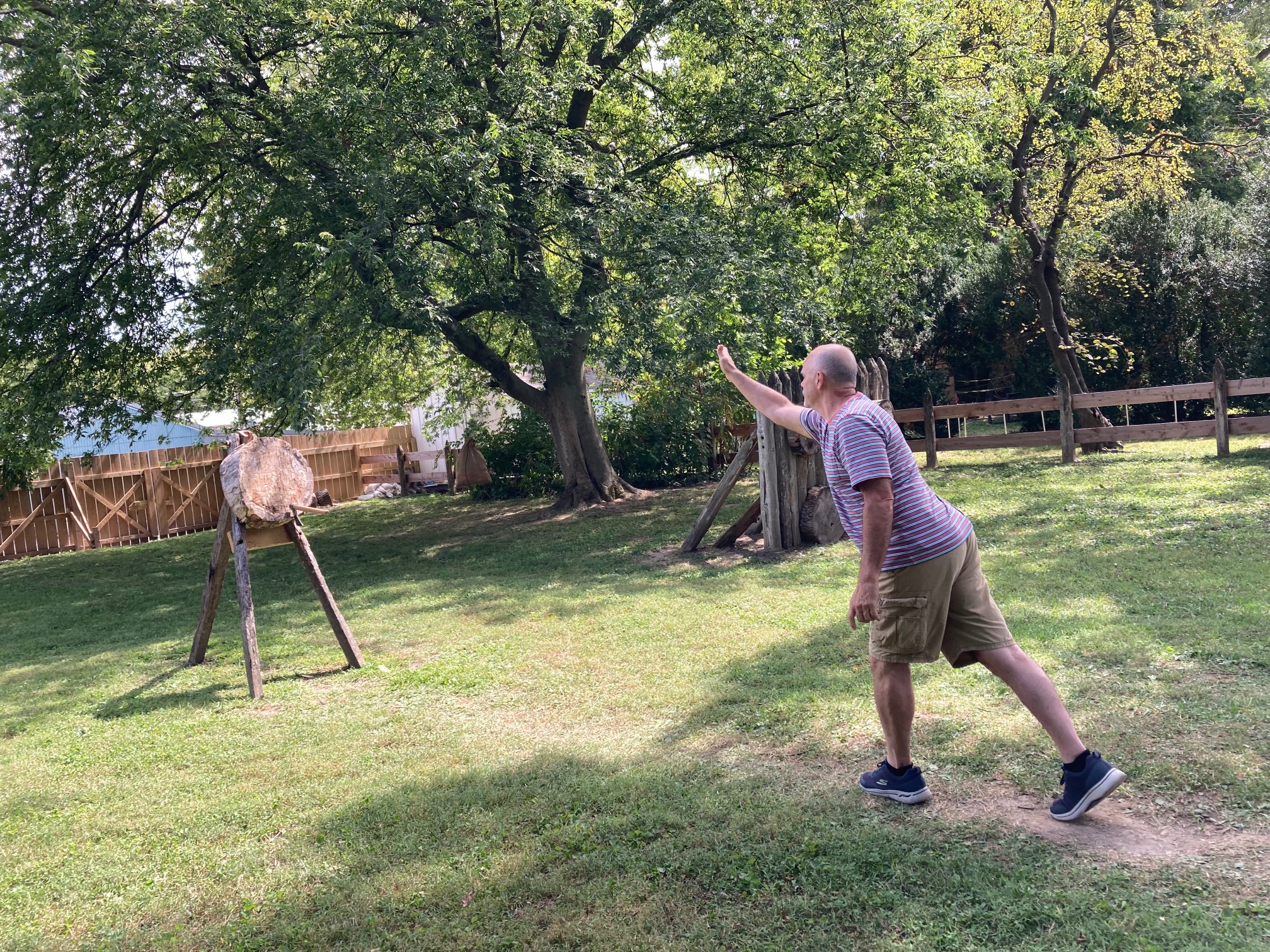
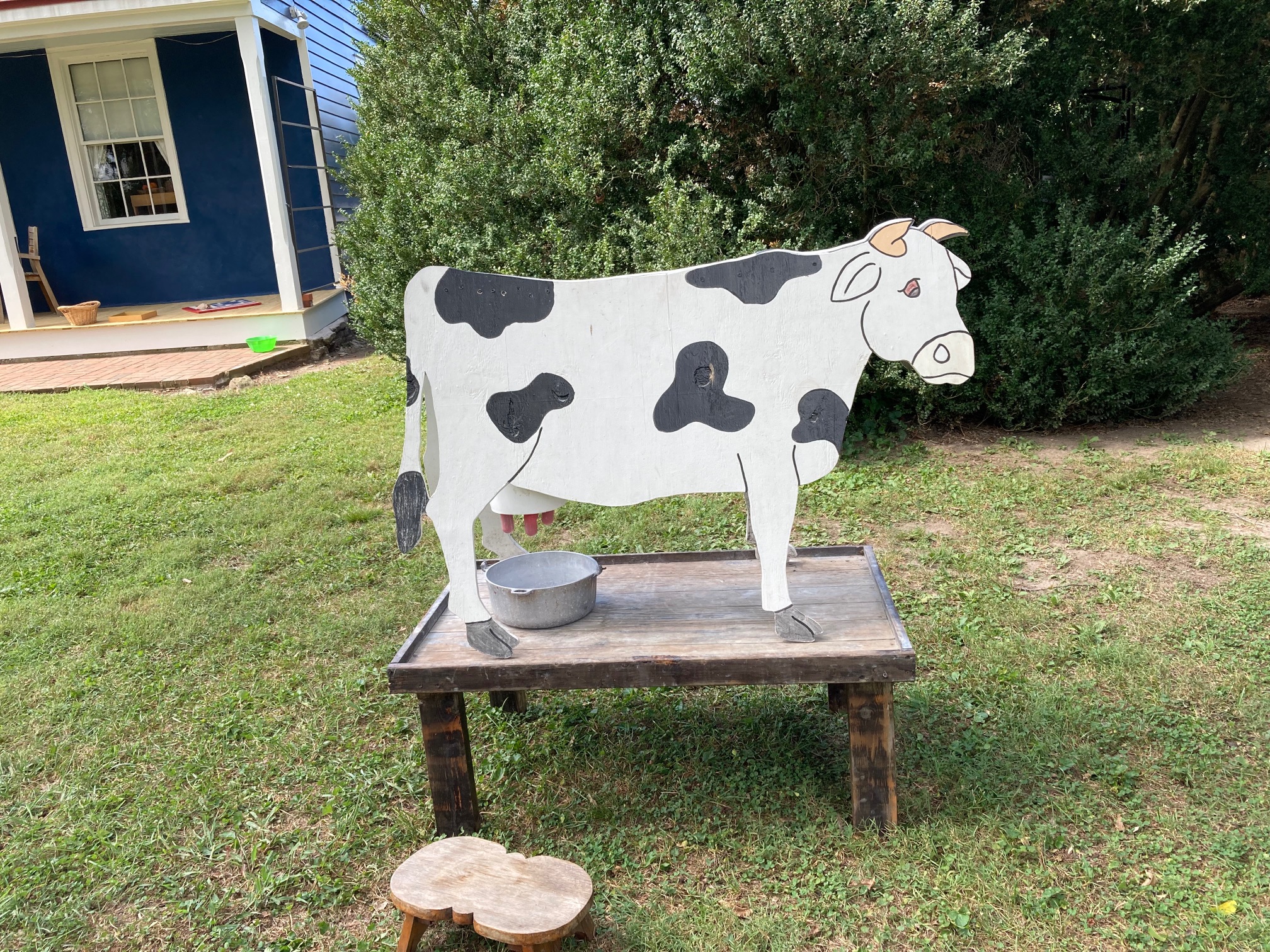
I would like to warmly thank Tandy Thompson and the ED and curator of the French Colonial America organization for taking the time to tour my husband Bruce and I through these amazing historic homes. They each had a wealth of information and we learned a tremendous amount. I also took lots of photos and have now started to create paintings of all three structures. A very exciting project!
Hope you enjoyed the tour and this precious piece of Missouri history!
Leisa

